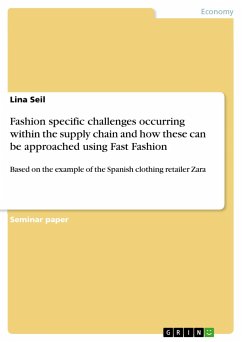Research Paper (undergraduate) from the year 2011 in the subject Leadership and Human Resource Management - Miscellaneous, grade: 1,3, Munich University of Applied Sciences, course: Organisationen und Strukturen der Europäischen Union, language: English, abstract: According to local authorities, a total of 45 000 people move annually to France, whereas 20 000 of them primarily due to work reasons (LeMonde, 2011). However, the majority of the new labor force faces especially at the beginning of their residence difficulties with the countries` legal working regulations; neither being aware of the actual working conditions in France nor of their individually granted job rights nor of the particularities of the French working culture.This need shall now be addressed by this study.Within the scope of this study, a best practice manual shall be developed for people planning to take up employment in France in the near future. The focus of the work shall be placed on the one hand on the currently existing employment laws in France (Chapter 1) and on the other hand on the impact the national culture exerts on the general work attitudes of French employees (Chapter 2).Additionally, an empirical analysis of the Anti-Discrimination Act, a currently highly controversial topic in France, will be conducted (Chapter 3). At the end, a set of general guidelines will be provided summing up the major findings of the antecedent chapters (Chapter 4).








